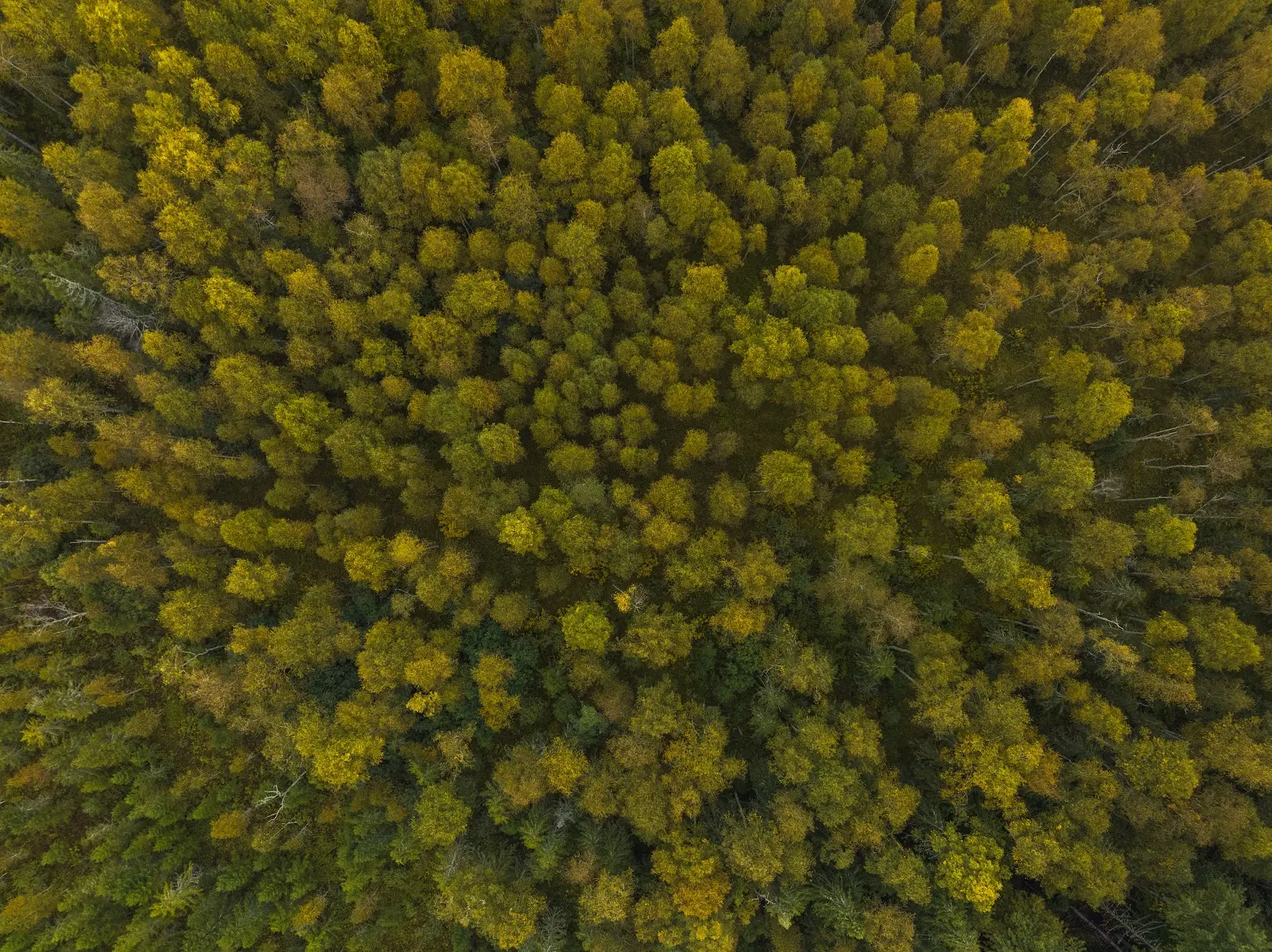A healthy, sustainable timber stand can be an extremely profitable asset in the long run. As such, maximizing the income timber-producing land generates is an obvious consideration. There are a wide variety of factors that can influence the value of a timber stand, and only by understanding those factors can property owners gain the highest possible return on their investment.
Growing More Value
No two trees are identical, so accordingly, what they sell for will differ. Timber is often valued by the diameter of the tree from four and a half feet off the ground, a measurement referred to as diameter at breast height (DBH). This metric determines the number of board feet, 12”x12”x1” sections of timber, that can be produced at a given time.
Interestingly, a larger DBH doesn’t just increase the number of board feet available, it also determines the types of products the tree can produce. Smaller trees are mainly used for pulpwood, but as they expand, they are able to produce more expensive materials such as sawtimber, and eventually, high-ticket items such as veneer.
To Harvest or Not to Harvest...
Healthy trees become increasingly valuable as they grow, however, you have to harvest eventually in order to make any money. In time, a tree will reach its biological peak and begin deteriorating. To better assess when that day will come, many timber stand owners choose to consult with a professional forester who can determine the trees’ maximum age for harvesting.
The market rate for timber can rise and fall, so deciding when to sell will also take some market analysis. Like most assets, if the going rate for timber is expected to increase, you’re likely better off waiting it out - but if the current rates are higher than projected future rates, there’s no better time than the present to sell.
Help Trees Grow Big and Strong
Landowners may also choose to sell after thinning efforts. Healthy trees need room to grow, and at a certain point, damage and overgrowth can be detrimental to the remaining trees. Though it’s a tad counterintuitive, regular and consistent thinning is crucial to a strong timber stand. Removing excess trees leaves more room for the others to flourish, reducing the risk of fire and enhancing the environmental conditions for local wildlife.
Map You Timber Stand With Land id®
Timber stands need adequate care to thrive; by understanding their lifecycle, thinning when necessary, and selling opportunistically, tree owners not only improve the health of their land, but increase their profits considerably.
Of course, timber requires a lot of land. For you to harvest timber appropriately, you need to record and closely analyze important data on your timber stand including location, species, size, age, health, and mortality. To make things easier on yourself, a GIS app like Land id® (formerly MapRight) helps you to map your timber stands and spatially record all relevant data. Start a 7-day free trial of Land id® today and start making better decisions about your trees.
FAQs

Continue Reading





